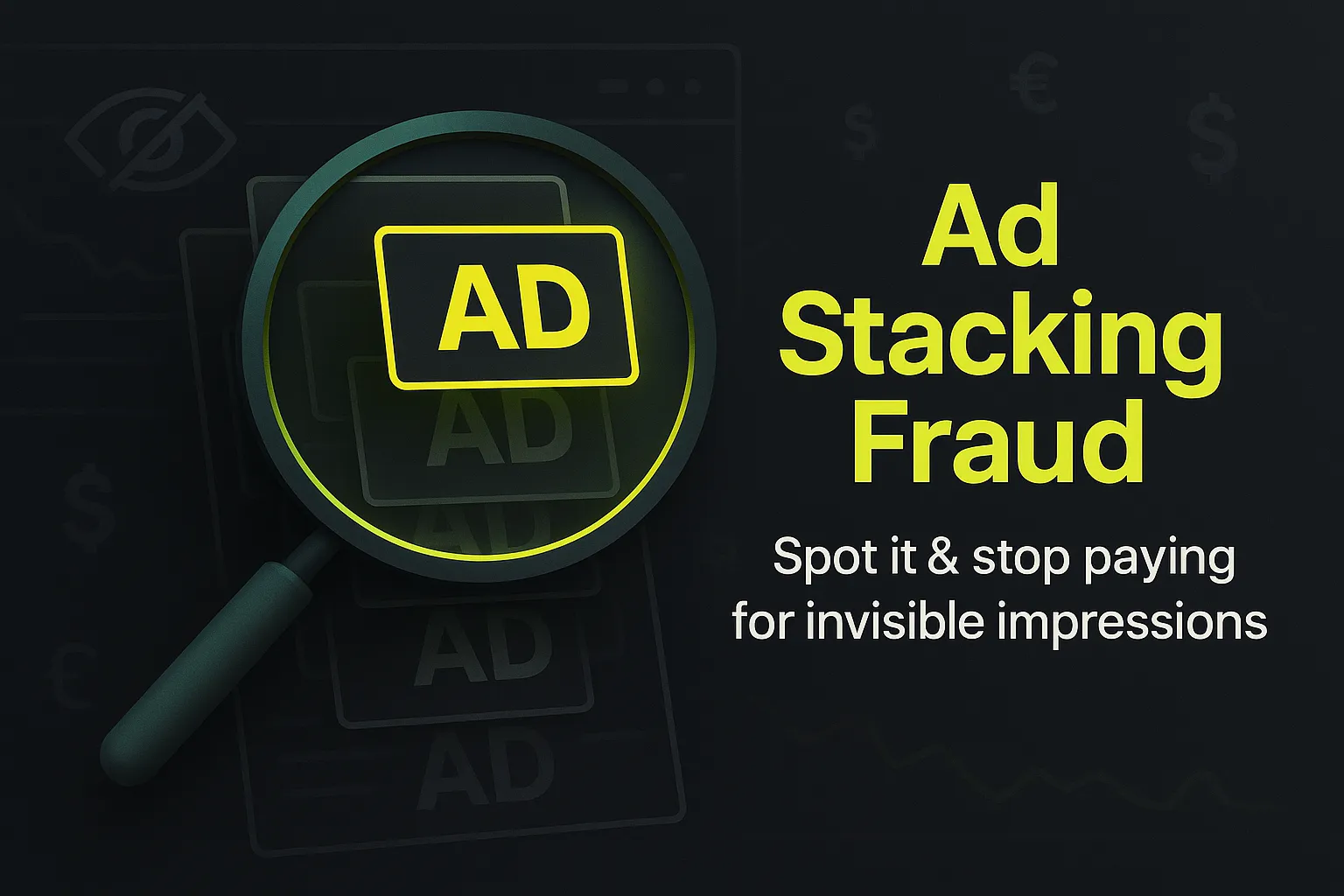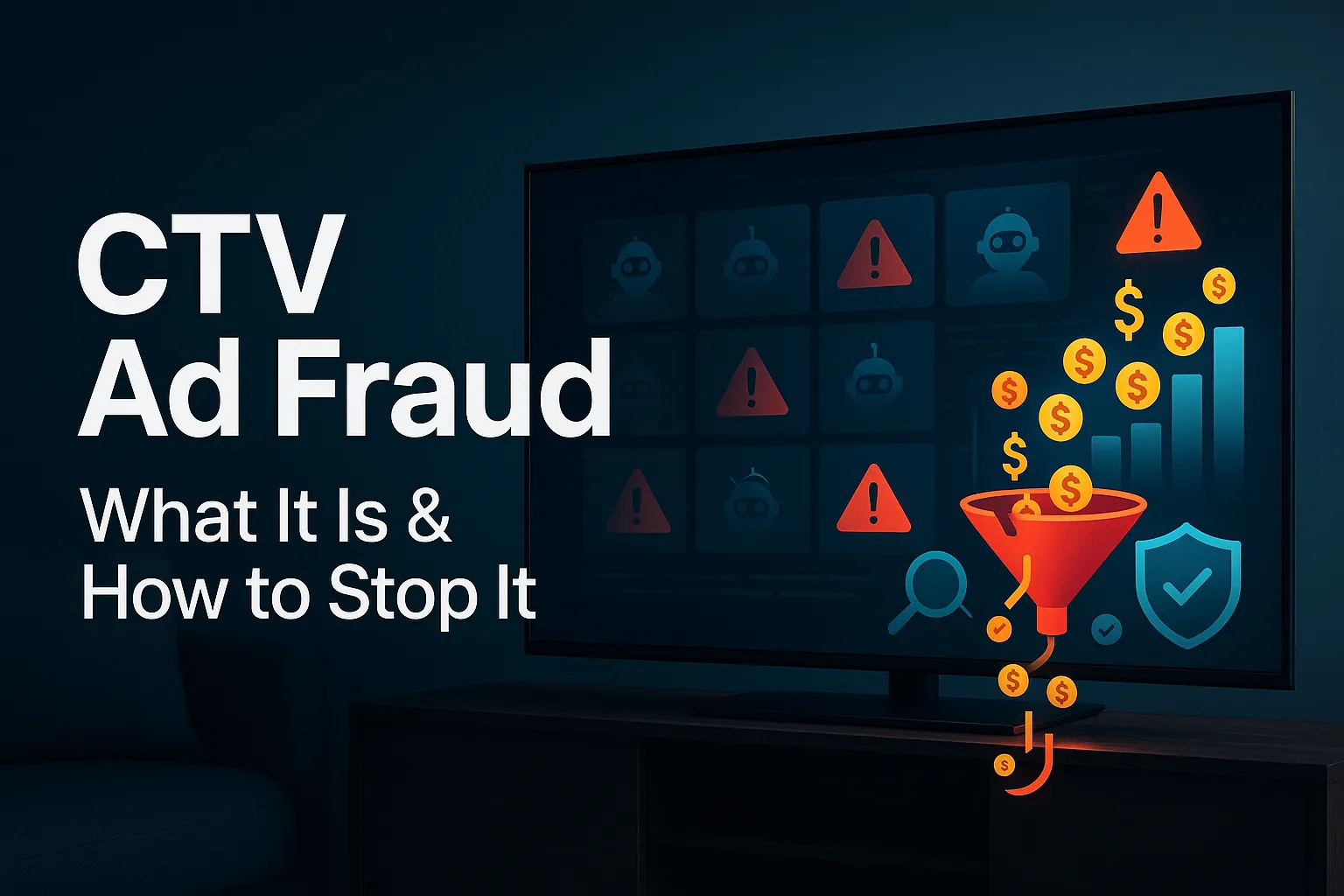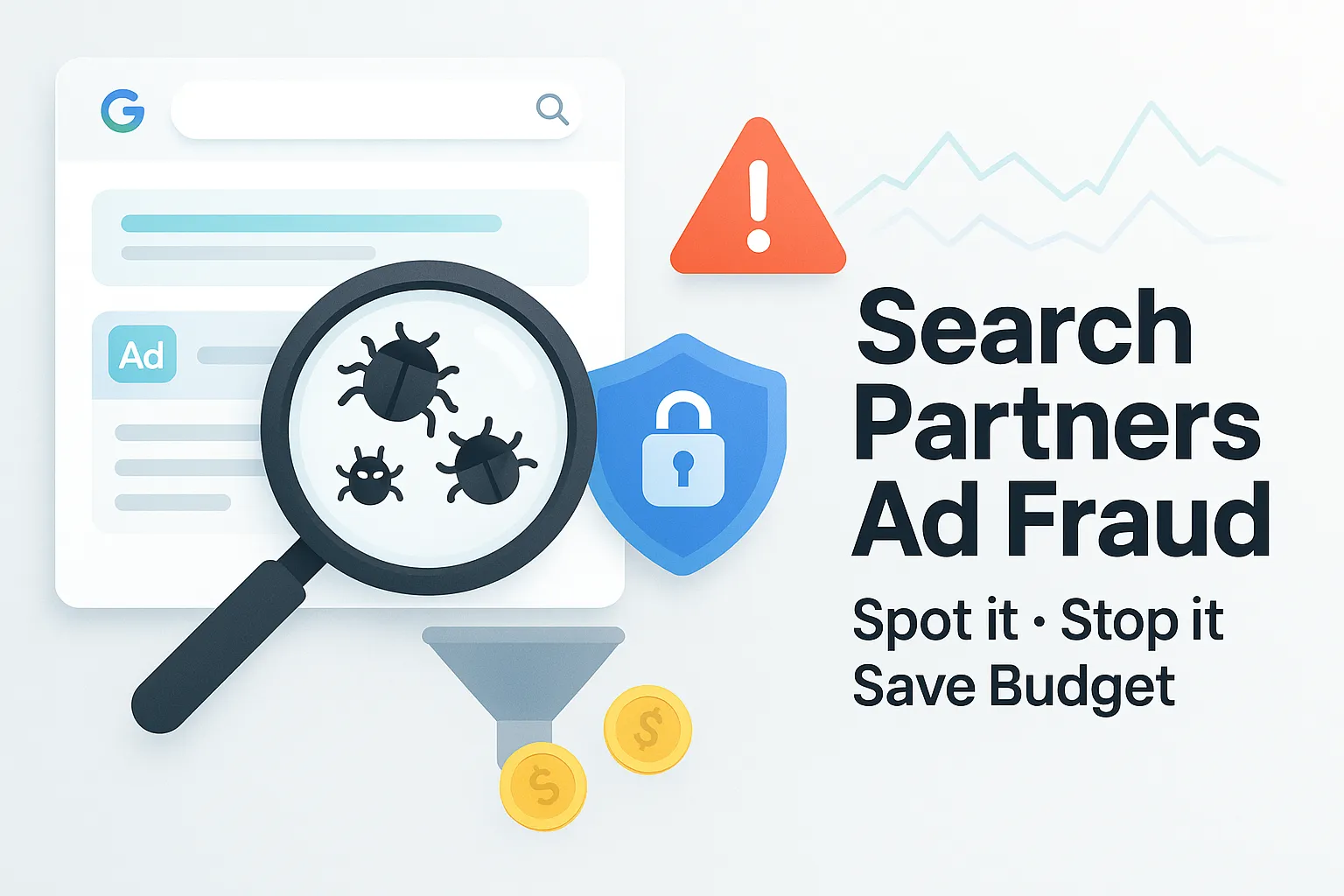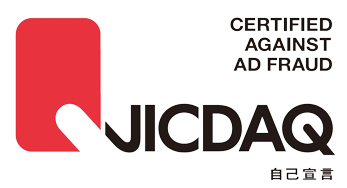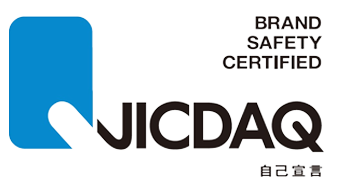PMax Ad Fraud: How Performance Max Gets Exploited (and How to Stop It)
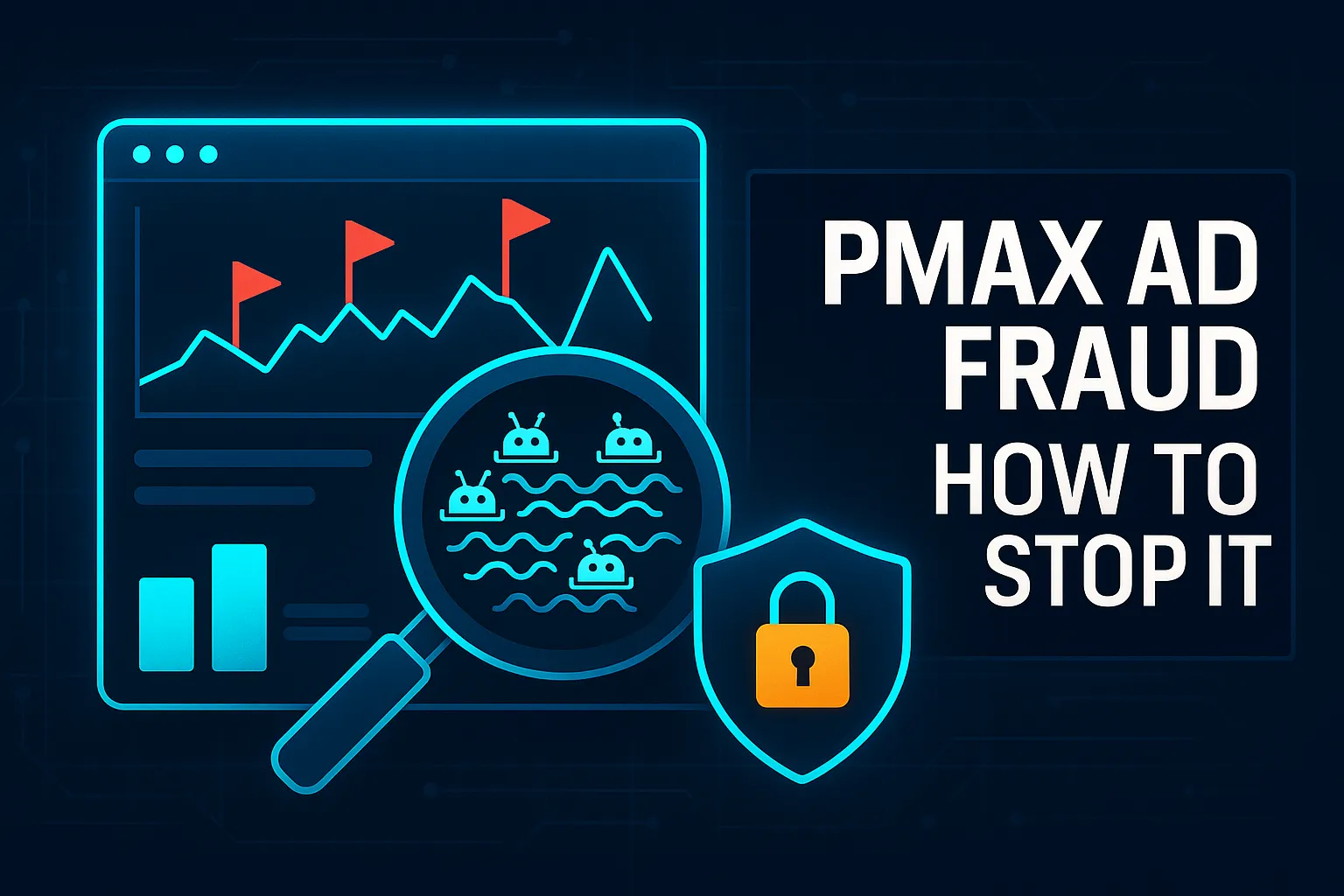
Performance Max (PMax) promises AI-driven reach across Google’s inventory—but that same automation makes PMax ad fraud uniquely painful. Fraudsters weaponize opaque placements, Search Partner inventory, and low-quality MFA (made-for-advertising) sites to generate non-human clicks and fake conversions that pollute your bidding signals. Once your models “learn” from bad data, budgets spiral into the wrong audiences and low-value inventory.
According to Spider AF's 2025 Ad Fraud White Paper, the average ad fraud rate observed across 2024 datasets was 5.1% of clicks, with some networks spiking to 46.9% invalid traffic and certain advertisers seeing up to 51.8% of spend at risk. It also highlights that PMax-style auto-optimization is actively exploited by bots and low-quality traffic, inflating fake leads and misdirecting machine learning.
The external environment is shifting too. Regulators are pressing for more transparency (the EU’s DSA fully applied on February 17, 2024), and platforms are exposing more placement data. In August 2025, Google enabled full placement reporting for the Search Partner Network (SPN) on Search, Shopping and App campaigns—useful context when assessing PMax-adjacent traffic quality.
This guide shows how PMax ad fraud manifests in 2025, what the data says, and the concrete steps—manual and automated—to protect your ROAS. Where it makes sense, we’ll plug in Spider AF’s PPC Protection and Fake Lead Protection so you can block the bad signals before they corrupt optimization.
What PMax ad fraud looks like today
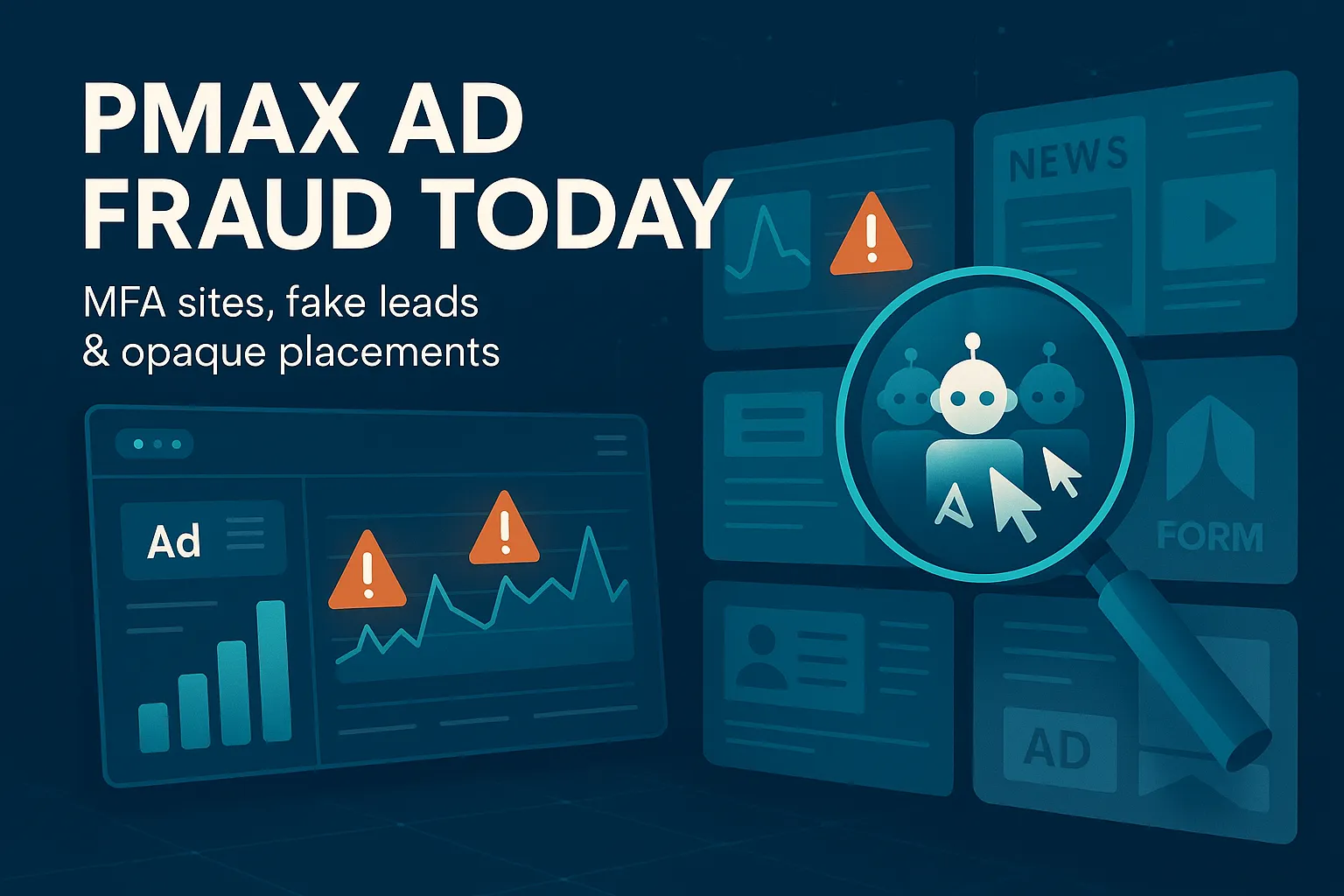
1) MFA sites siphon budget and skew signals
MFA sites are designed to monetize ad arbitrage: cheap traffic in, ad-heavy pages out. They create misclicks, low attention, and zero incremental value—yet their volume can fool automated systems. Industry studies show MFA share is material (and declining where buyers apply pressure), underscoring the need to detect and exclude these placements.
Spider AF’s 2025 White Paper adds that MFA activity affects PMax/display flows and that Spider AF now categorizes MFA to help advertisers exclude it.
2) Fake leads contaminate your conversion model
Bots and paid click farms increasingly simulate form fills so campaigns “look” successful while sales teams chase ghosts. According to Spider AF's 2025 Ad Fraud White Paper, invalid clicks convert at roughly half the rate of valid traffic (CVR ~1.29% vs. 2.54% across 324 companies), proving how fraud drags true performance.
3) Search Partners & opaque placements
Search Partner inventory can include parked domains, directories, and other off-Google surfaces—historically hard to audit. Google’s 2025 upgrade to full SPN placement reporting helps you inspect sources and take action in adjacent campaign types (Search/Shopping/App). Keep that lens handy when you evaluate spillover patterns that also impact PMax.
The data: how much budget is actually at risk
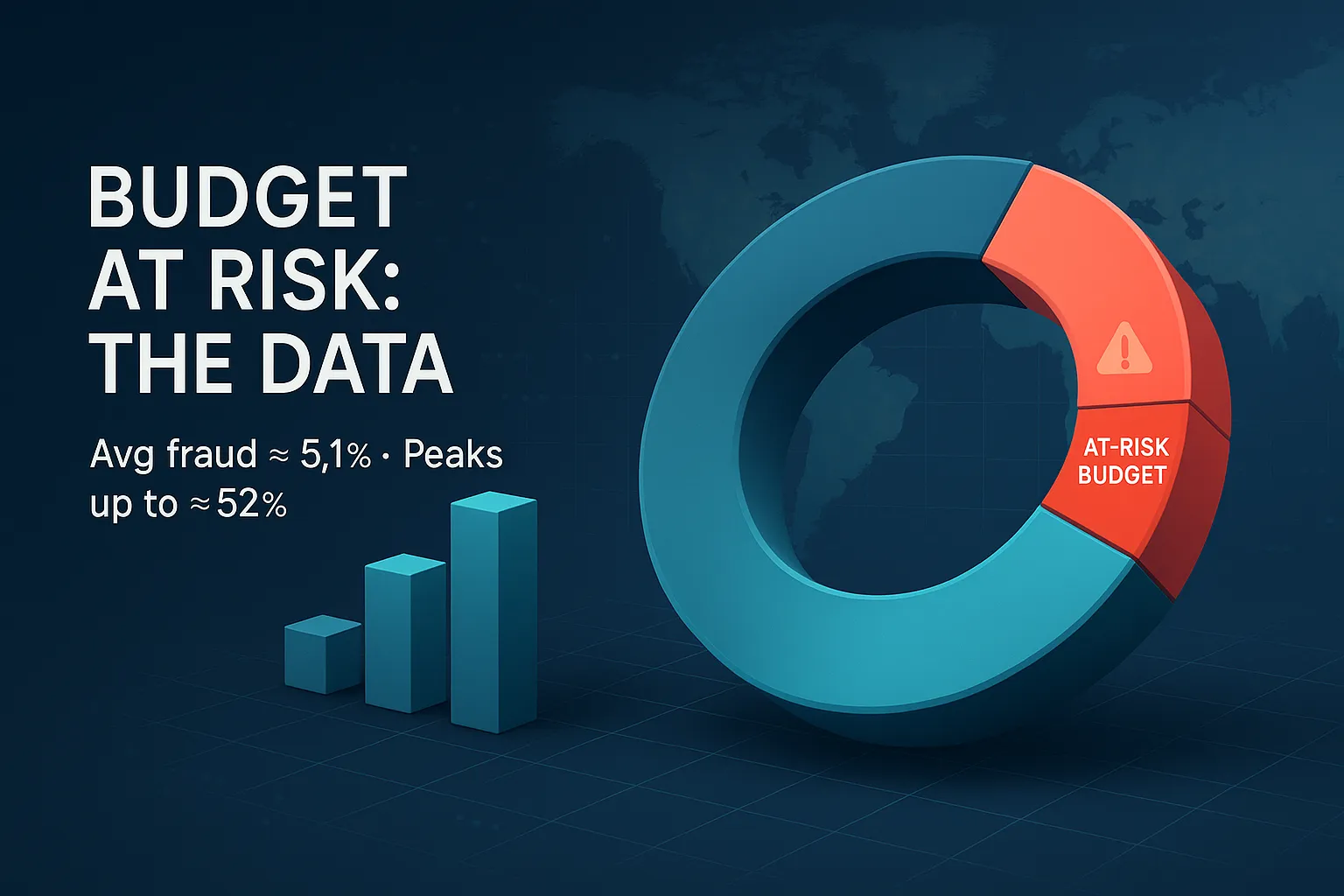
According to Spider AF's 2025 Ad Fraud White Paper, projecting Spider AF’s observed fraud rates onto global digital ad spend implies $37.7B in annual losses (2024), with upward pressure into 2025–2026 if left unchecked. The same study shows click spamming dominates invalid traffic (76.6%), with bots and data centers also contributing.
On the positive side, when fake leads are removed from training data and dirty placements are excluded, advertisers see step-change gains. The white paper cites a Search Partner-heavy scenario where ROI rose 152% and CPC fell 85% after Spider AF Fake Lead Protection and placement cleanup—without harming valid sales pipeline.
How to diagnose & harden PMax
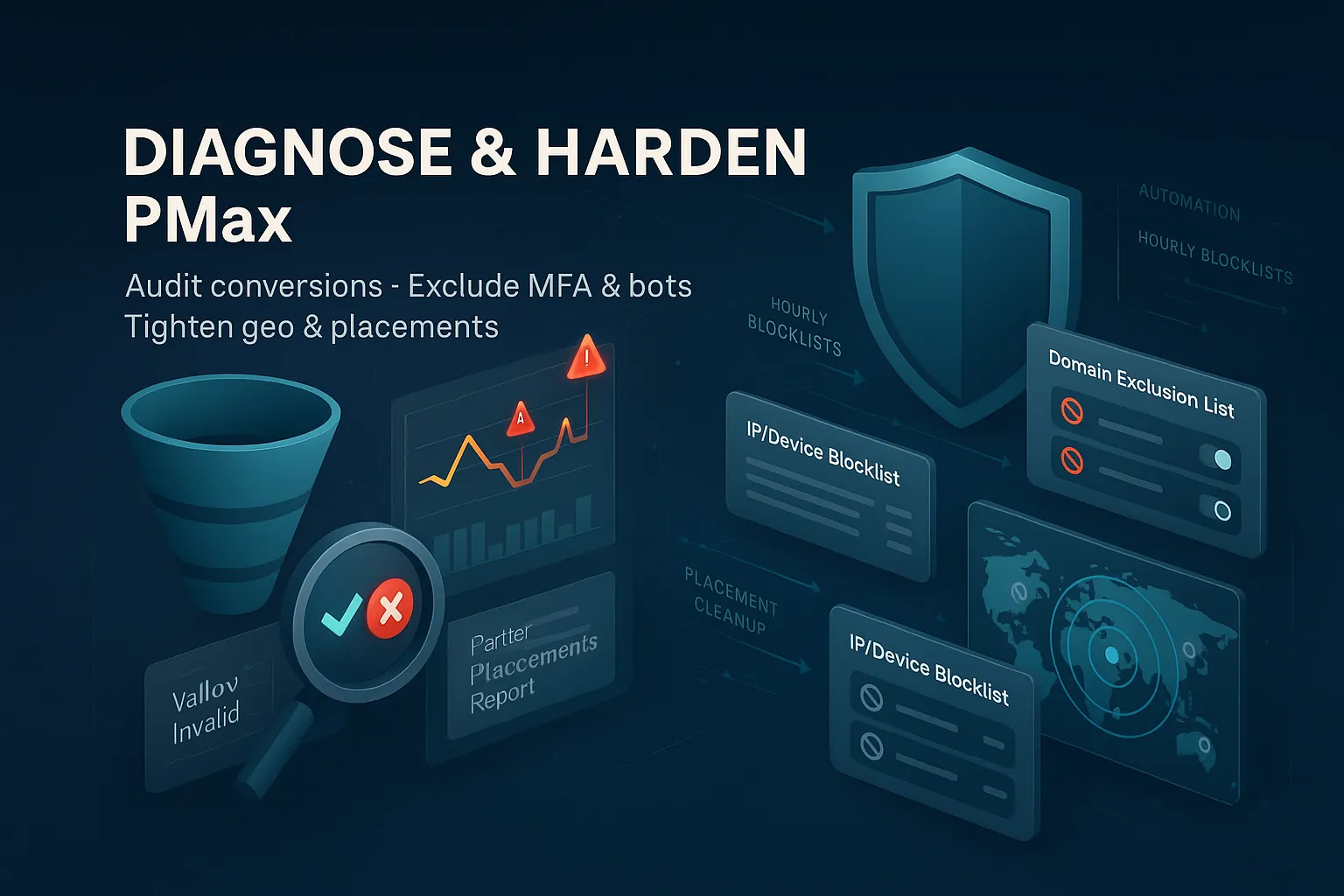
Step 1: Re-baseline your conversion integrity
- Audit recent conversions by source, geo, device, and time-to-lead. Watch for bursts, improbable geos, or sudden form-fill surges.
- Compare “valid vs. invalid” behavior: genuine leads usually have normal session depth, referrers, and sales acceptance. The Spider AF data shows valid-click CVR runs about 2× invalid-click CVR—use that as a sniff test.
Step 2: Block known-bad traffic automatically
Spider AF PPC Protection analyzes clicks in real time and pushes hourly blocklists (IP and audience exclusions for Google Ads; audience exclusions for social), cutting off repeat abusers before they can click again. It also automates poor placement blocking—crucial for PMax and Display—covering categories like MFA, mis-clicking layouts, and non-brand-safe content.
Step 3: Use new transparency levers around Search Partners
Even if you’re PMax-heavy, turn on the new SPN placement reporting in your Search/Shopping/App campaigns to surface low-quality domains; lessons often map to PMax-reachable surfaces. Document domains to exclude via account-level brand safety controls and third-party filters.
Step 4: Tighten geo and audience signals
Fraud clusters by geo and device. Use radius/zip filtering where practical, cap frequency on video/display assets, and monitor suspicious ASN/data center traffic. Spider AF’s dashboards let you drill i) invalid click logs and ii) campaign-level fraud patterns for faster, non-guesswork exclusions.
Advanced: protecting CRMs and forms from fake conversions
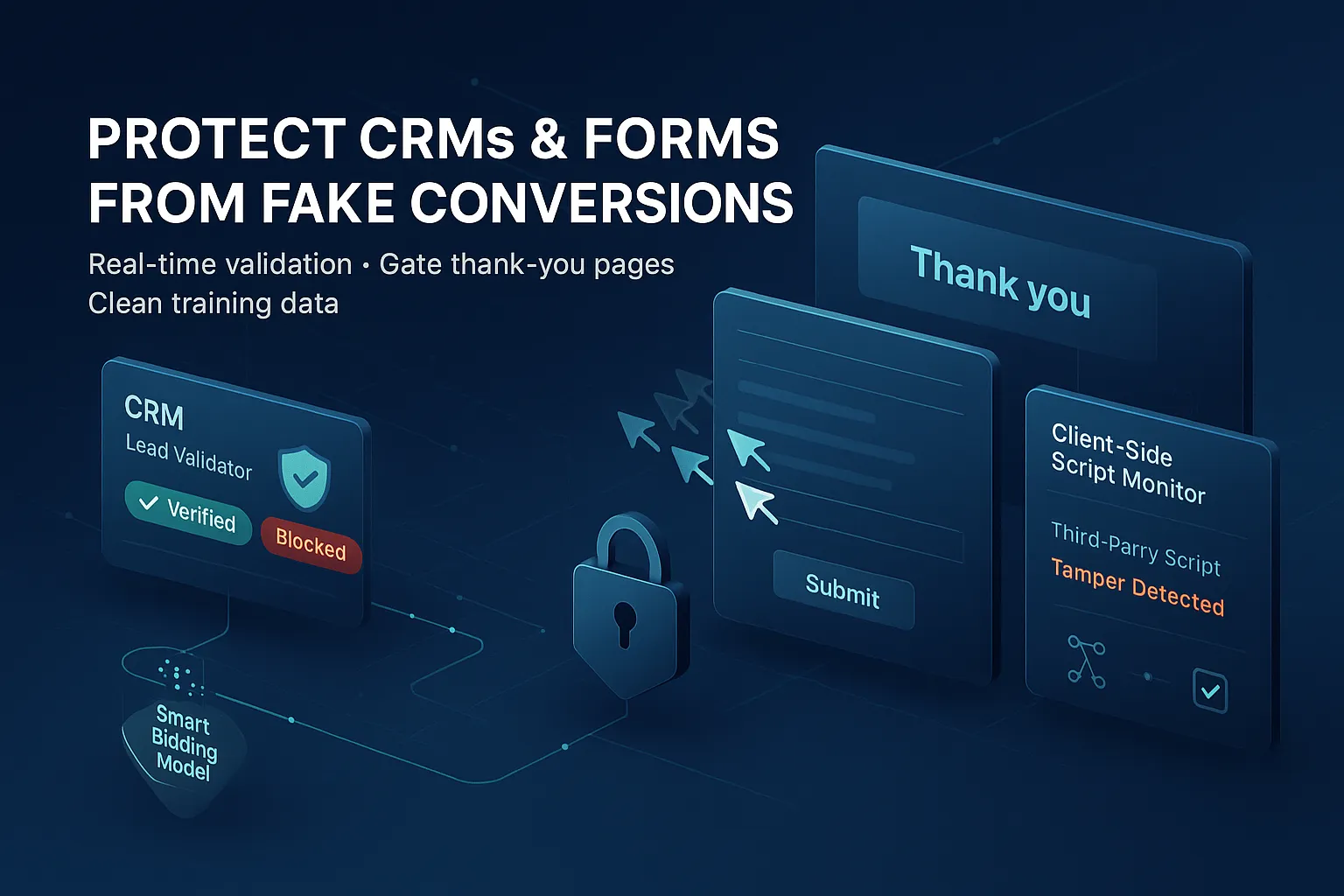
Fake conversions don’t just waste budget—they poison your optimization. Spider AF’s Fake Lead Protection ties into your CRM to validate leads in real time, gate thank-you pages, and block training data pollution so Smart Bidding learns from genuine outcomes, not bots. According to Spider AF's 2025 Ad Fraud White Paper, cutting fake leads at the source improved ROI by 152% in a live case, with no drop in valid inside-sales conversions.
Also harden the form surface itself. Third-party scripts and tag managers can be abused (e.g., skimming or auto-submit bots). Spider AF SiteScan continuously inventories client-side scripts, flags tampering, and helps align with PCI DSS v4.0.1 client-side mandates—useful if your PMax goal is lead capture or payments.
Conclusion
PMax can scale—but only if your signals are clean. Left alone, MFA placements, Search Partner spillover, and fake leads will warp optimization and bleed spend. Start by auditing conversion integrity, then block invalid clicks and bad placements automatically and clean your CRM signals so bidding models relearn from truth.
- Best fit for this problem: Spider AF PPC Protection (real-time invalid click & placement blocking for Google Ads/PMax). Start your free trial → https://spideraf.com/ppc-protection
- If fake leads are a known headache: Spider AF Fake Lead Protection (validates conversions, protects training data). Start your free trial → https://spideraf.com/fake-lead-protection
- If you capture sensitive data on-site: Spider AF SiteScan (client-side script monitoring & tamper alerts). Learn more → https://spideraf.com/sitescan
According to Spider AF's 2025 Ad Fraud White Paper, ad fraud averaged 5.1% of clicks in 2024 and can spike dramatically—so every blocked click and excluded placement counts.











